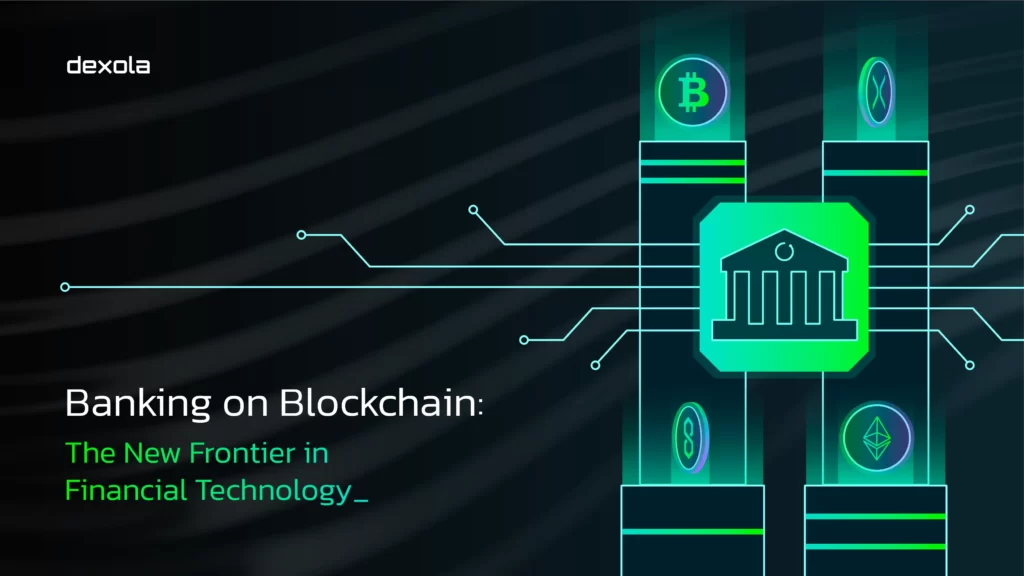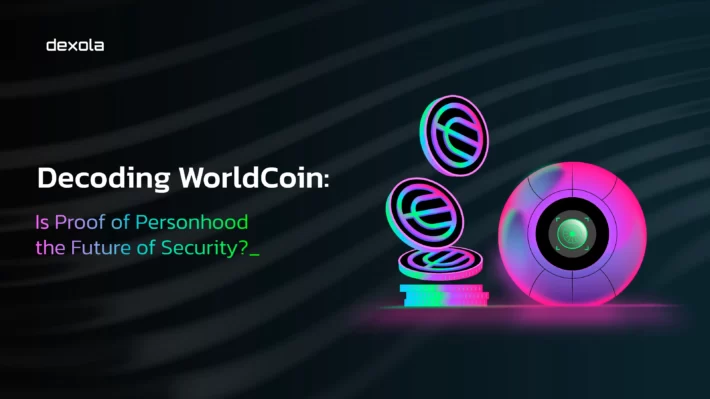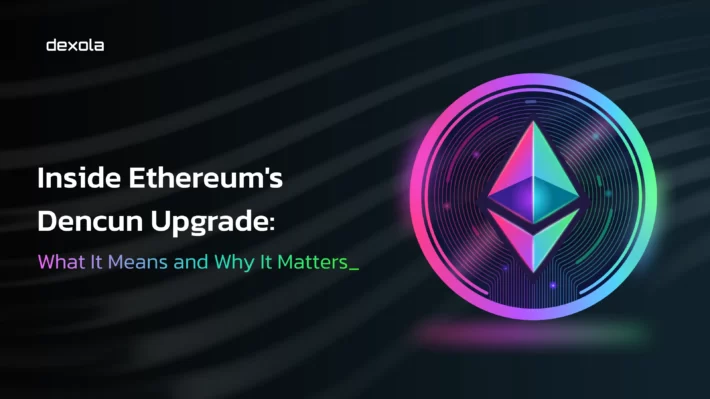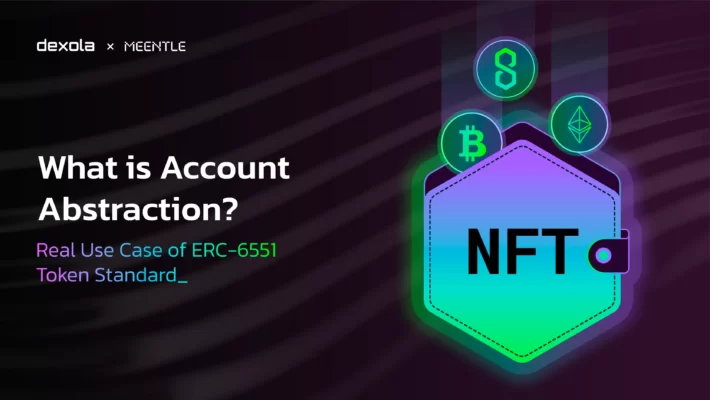Banking on Blockchain: The New Frontier in Financial Technology

Financial institutions are keen on new technologies, as saving even a cent on routine transactions can add up to millions of dollars in savings due to their large operating volumes.
Blockchain technology, also known as Distributed Ledger Technology, is among the latest advancements, alongside AI language models. And financial institutions are not just researching them but investing in promising projects to build products just for them.
In this feature, we will cover the institutions’ strategy in the blockchain industry and two major developments from SWIFT and JPMorgan.
Financial institutions are working on standardization
Major institutions are forming research groups with partners to select blockchain projects that can help develop common standards for issuing and managing their tokens. Remember, that blockchain transactions will provide benefits only if used for cross-border transactions.
In August, SWIFT teamed up with New Zealand Banking Group Limited, SIX Digital Exchange, and The Depository Trust & Clearing Corporation for joint research into Chainlink’s Cross-Chain Interoperability Protocol (CCIP). This protocol utilizes Chainlink Decentralized Oracle Network protocol to transfer messages across public and private blockchains: payment instructions, smart contract calls, and cross-chain bridging.
The purpose of the research was to explore the feasibility of banks developing private blockchains and using CCIP to communicate and transfer value between them. SWIFT, renowned for its role in global payment processing, is essentially creating its own digital twin within the blockchain ecosystem.
Another noteworthy initiative is the blockchain research undertaken by JPMorgan. The bank collaborated with WisdomTree, Apollo, Avalanche, Axelar, and LayerZero to experiment with the tokenization of real-world assets and their transfer of ownership through smart contracts. This research project was conducted under the guidance and with the support of the Monetary Authority of Singapore.
Numerous financial institutions are exploring the potential of both public and private blockchains, engaging in asset tokenization, and even attempting to create their stablecoins. SWIFT and JPMorgan cases look the most interesting because they are working on full-fledged alternative payment systems that can be scaled to include other institutions to send money and tokenized assets across the globe with minimal time and cost value. Rather than pursuing speculative, short-term gains, these institutions are focused on long-term development and innovation in the blockchain space, mirroring our approach.
What institutions are seeking in blockchains
In the Bitcoin Whitepaper Satoshi called Bitcoin an alternative financial system. Every blockchain indeed revolves around abilities to issue, store, and transfer virtual or digital currencies securely and effectively.
Traditional financial systems have always strived for efficiency. They adopted derivatives, paper money, securities, telegraph, telephone, computers, internet, and many other techs to do things faster and cheaper than the competitors.
Currently, many financial institutions rely on outdated systems that transfer messages about debts rather than the money itself. These processes require manual clearing and a cross-border transfer of a few million dollars can take up a full working week with many human-hours involved. For example, SWIFT does not send money — it sends messages about sending money and those transactions require clearing afterward.
We need banks because they have the licenses, infrastructure, and connections to send those instructions and clear deals. We need depositary services to store securities, send instructions, and clear deals afterward. Blockchains do not need banks and depositaries as every user can store assets on their own and send instructions that will be executed immediately. Financial institutions are favorably inclined towards these innovations.
Furthermore, a key feature of blockchain technology is the implementation of smart contracts. Smart contracts send tokens once predetermined conditions are fulfilled. E.g. automated market maker for ETH-USDT pair will send USDT after receiving some ETH. To put it in simple terms, smart contracts have the potential to streamline processes traditionally handled by clearing boards, legal professionals, brokers, exchanges, and credit institutions. Smart contracts are the ideal counterparty that will not try to steal or cheat, as it will always behave as expected. An ideal middleman that never sleeps and never makes a mistake.
Conclusions
At Dexola, we believe that with blockchain adoption financial institutions will get a chance to get rid of most counterparties, reduce their operating costs, and speed up operations at the same time. Additionally, blockchain technology offers benefits such as enhanced programmability, increased transparency, greater liquidity on public chains, and streamlined accountability, owing to the highly organized structure of Distributed Ledger Technology (DLT). These advantages, while significant, are considered supplementary to its primary benefits.
It sounds promising, but why aren’t institutions broadly adopting blockchain technology yet? Because there are no standards yet. Blockchains are not interoperable, except for L2s and specific cross-chain solutions. SWIFT and JPMorgan are actively developing standards, leveraging their established infrastructures, to provide other financial institutions with a ready-to-use, cost-effective solution for money transfers.


